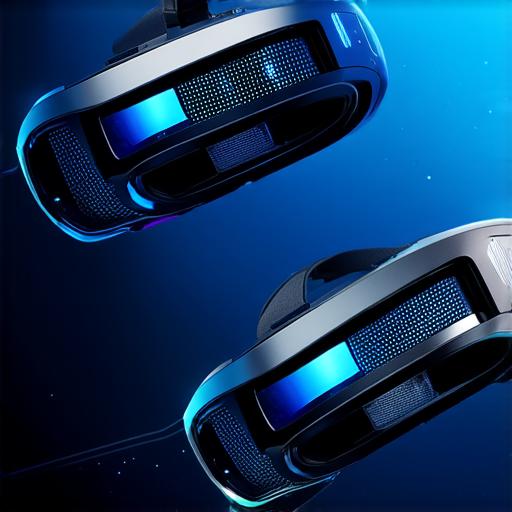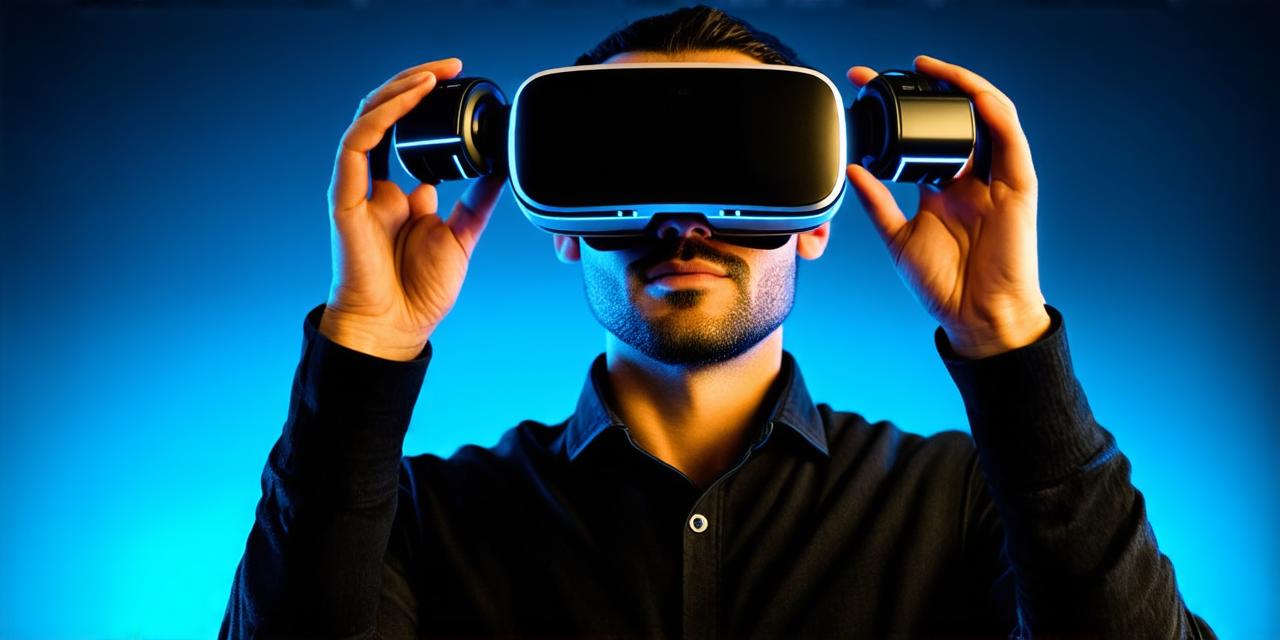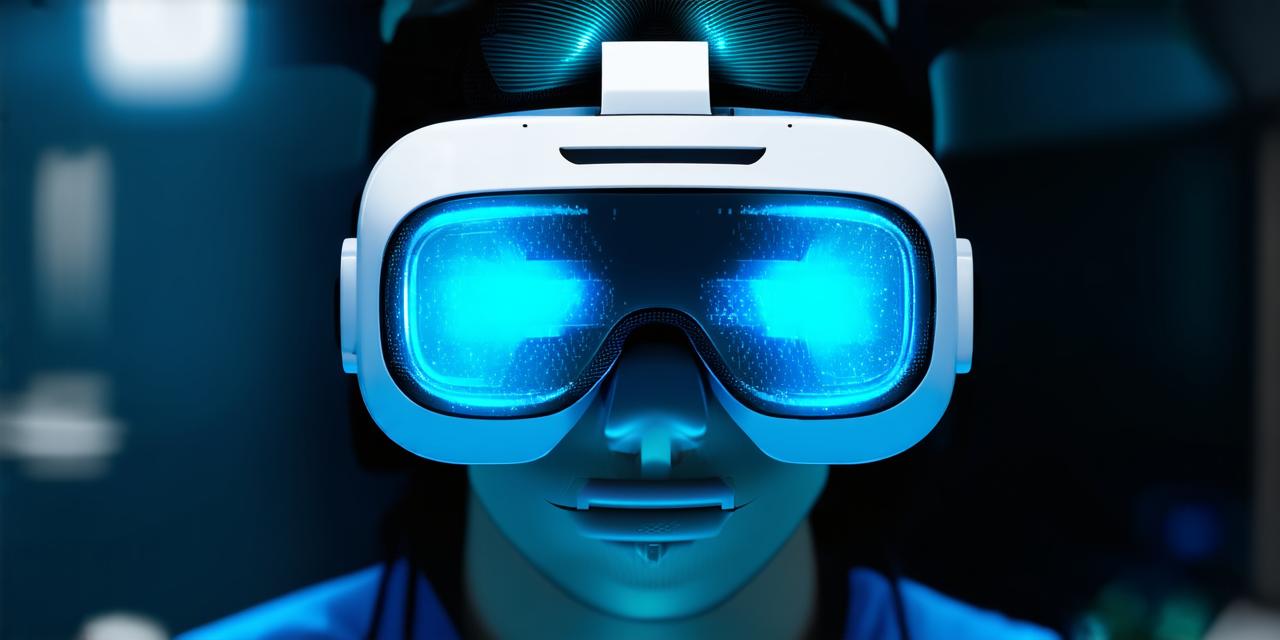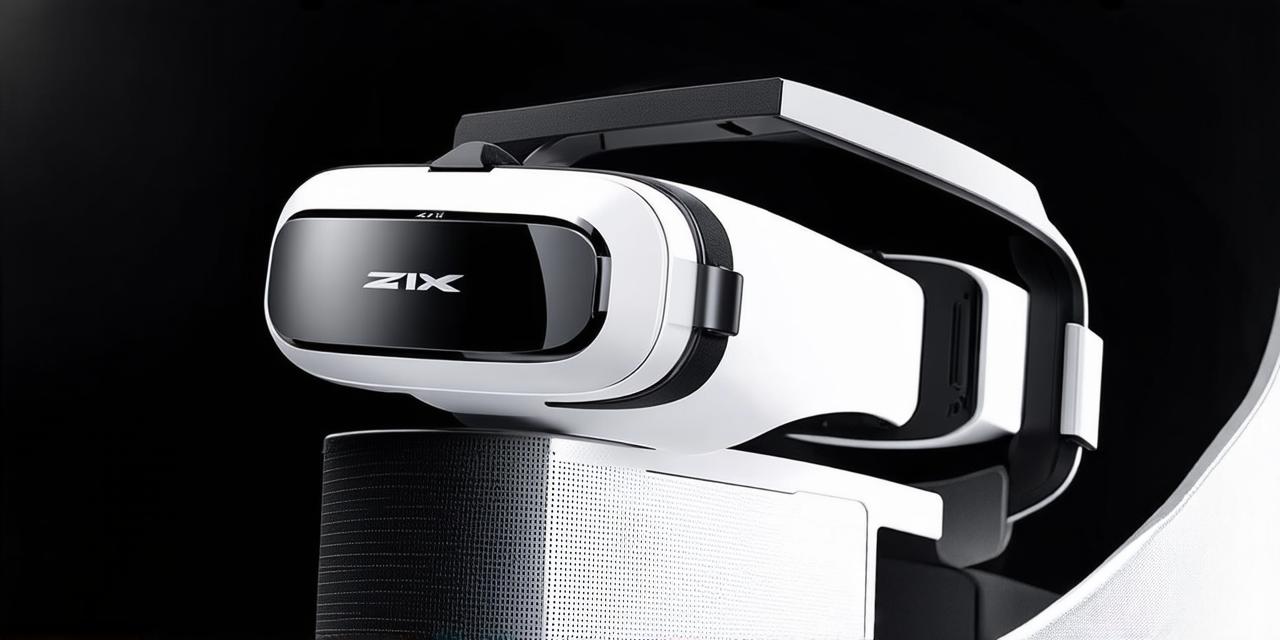Introduction
Virtual Reality (VR) is a revolutionary technology that immerses users in simulated environments, offering an interactive experience beyond the confines of the physical world. This article will delve into the three primary forms of VR, each with its unique characteristics and applications.
1. Non-Immersive Virtual Reality (NIVR)
Definition:
Non-Immersive Virtual Reality refers to the simplest form of VR, where users interact with a virtual environment through a 2D display, such as a computer monitor or smartphone screen.
Examples:
Common examples include video games, 360-degree videos, and virtual tours. These applications provide an immersive experience but do not fully immerse the user in the virtual world.
Advantages:
NIVR is cost-effective and accessible as it requires minimal hardware. It’s ideal for educational purposes, entertainment, and marketing, where a realistic representation of a 3D environment is sufficient.
2. Semi-Immersive Virtual Reality (SIVR)
Definition:
Semi-Immersive Virtual Reality is an intermediate form between NIVR and fully immersive VR. It provides a more engaging experience by incorporating stereoscopic 3D displays, motion tracking, and haptic feedback devices.
Examples:
Examples of SIVR include head-mounted displays (HMDs) like the Oculus Go or Samsung Gear VR. These devices offer a more immersive experience than NIVR but do not fully block out the real world, allowing users to maintain some awareness of their surroundings.
Advantages:
SIVR offers a more engaging and realistic experience than NIVR while being less expensive and cumbersome than fully immersive VR systems. It’s ideal for applications where a high level of immersion is desired but full immersion is not necessary or practical.
3. Fully Immersive Virtual Reality (FIVR)
Definition:
Fully Immersive Virtual Reality is the most advanced form of VR, offering a complete sensory experience by blocking out the real world and replacing it with a simulated environment. This is achieved through HMDs like the Oculus Rift or HTC Vive, which provide stereoscopic 3D displays, motion tracking, and haptic feedback devices.
Examples:
Examples of FIVR include high-end video games, training simulations, and virtual reality therapy sessions. These applications offer a truly immersive experience, allowing users to interact with the virtual world as if they were physically present.
Advantages:
FIVR offers the most realistic and engaging VR experience. It’s ideal for applications where complete immersion is essential, such as training military personnel or treating patients with mental health disorders.
Conclusion

Understanding the three forms of virtual reality—Non-Immersive, Semi-Immersive, and Fully Immersive—helps us appreciate the evolution of this technology and its diverse applications. As VR continues to advance, we can expect these forms to converge and offer even more immersive experiences in various fields, from entertainment to education and beyond.



